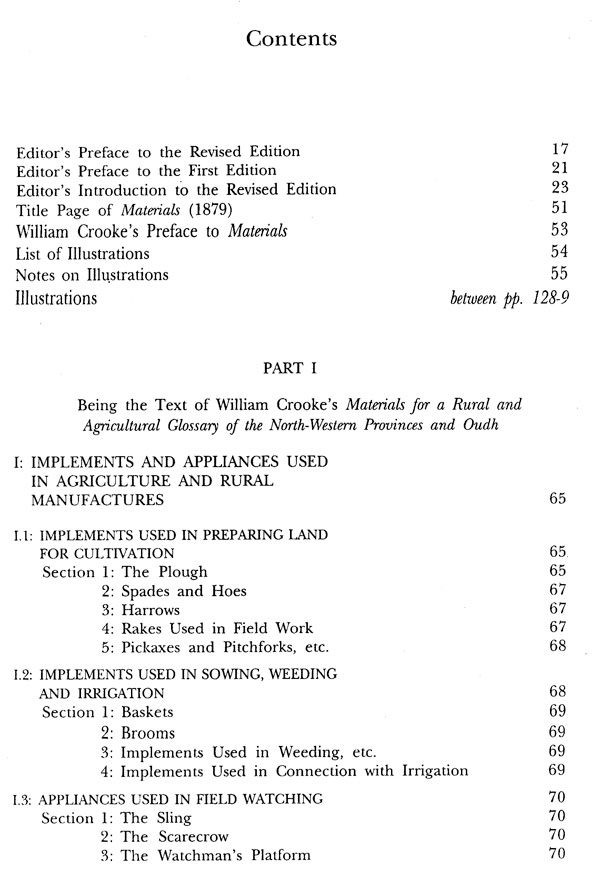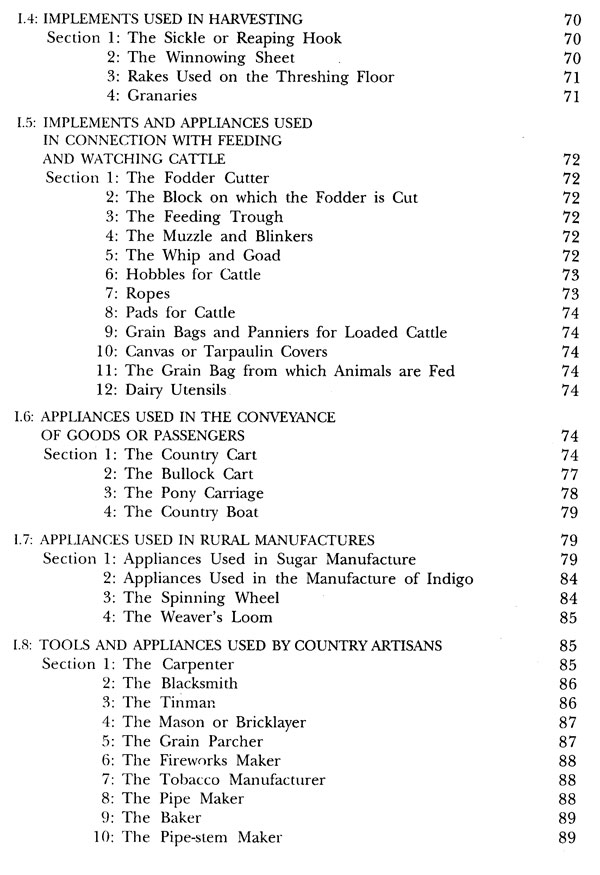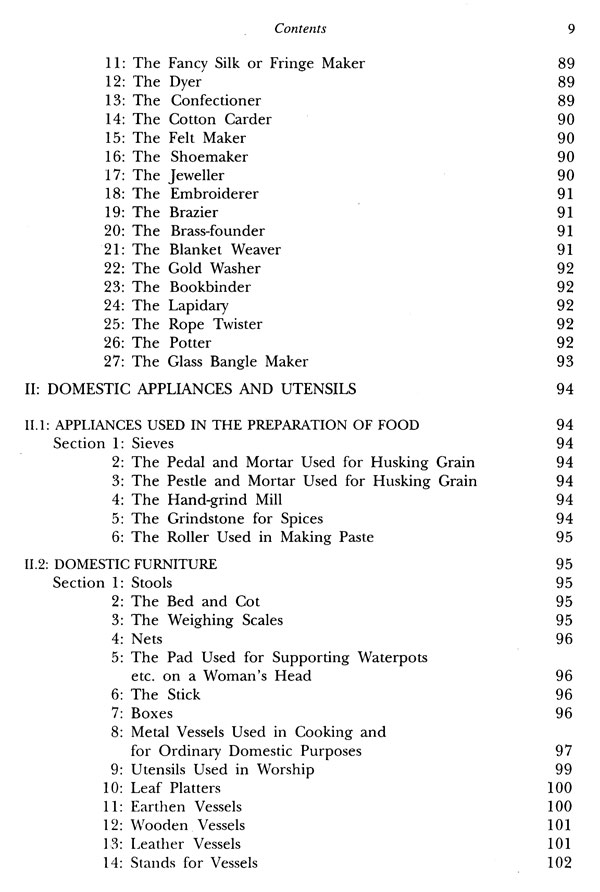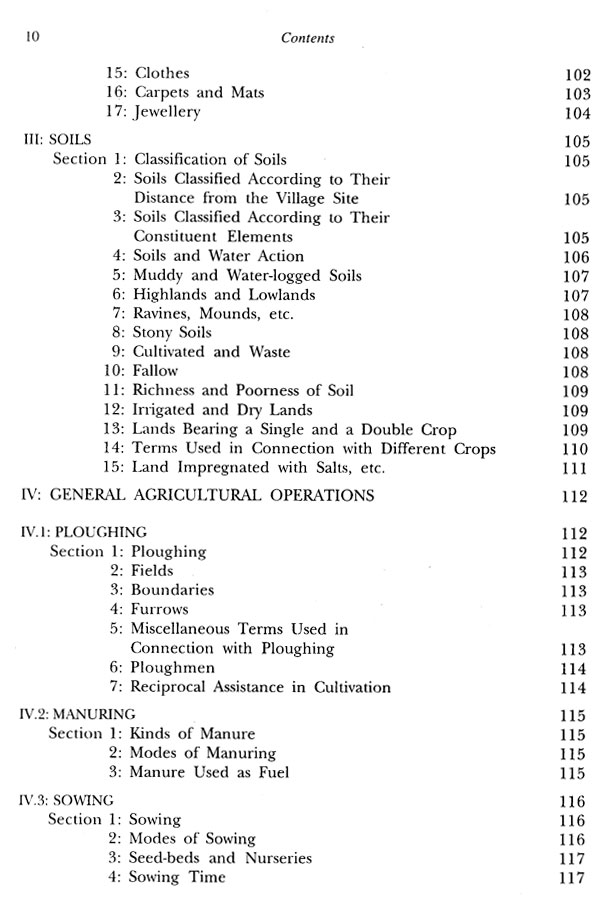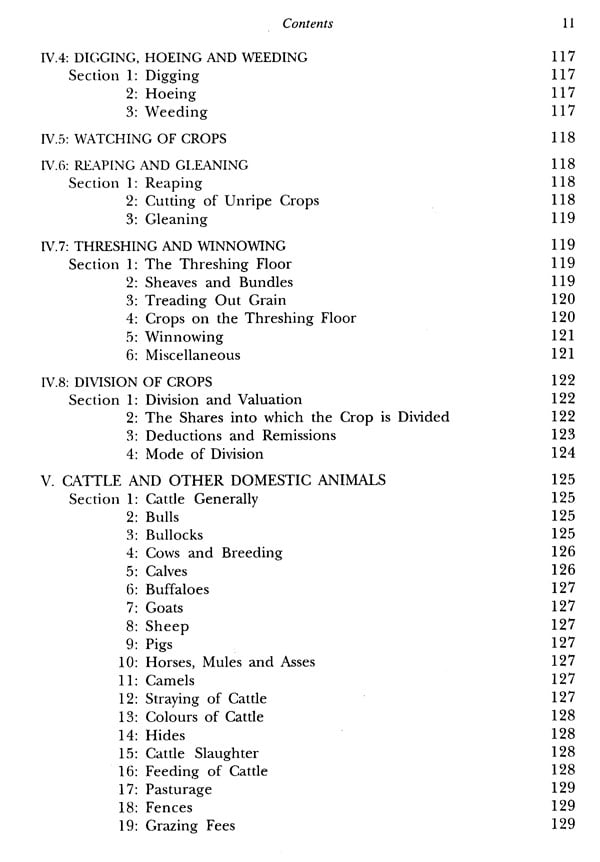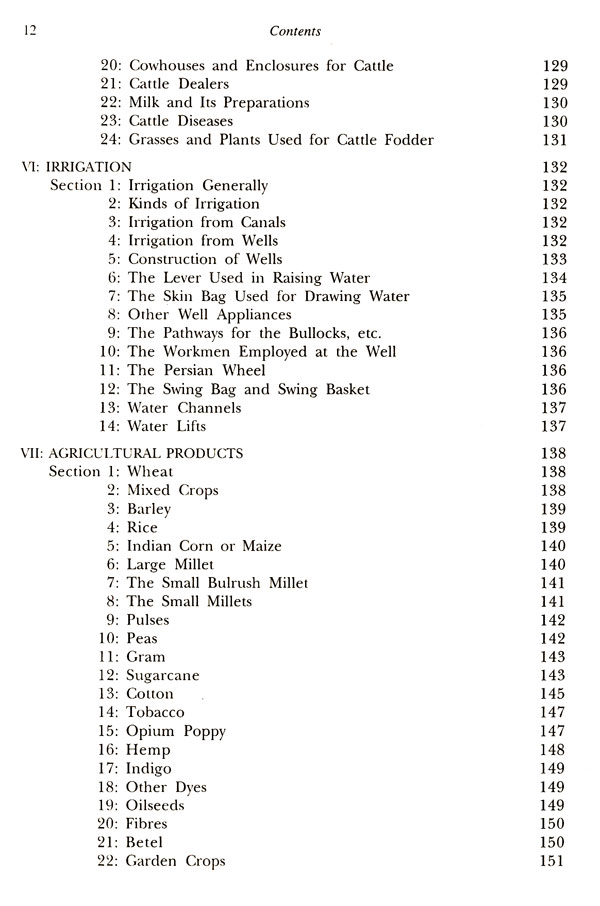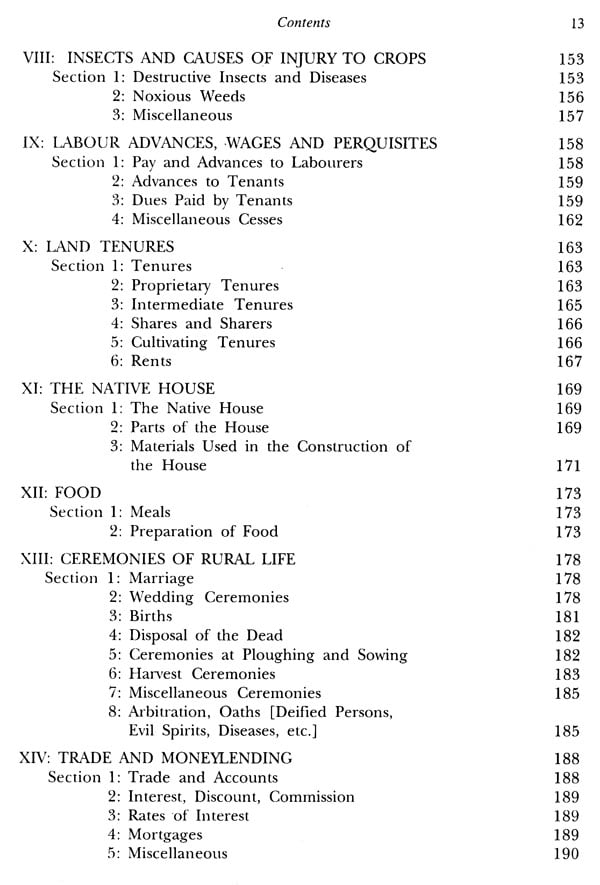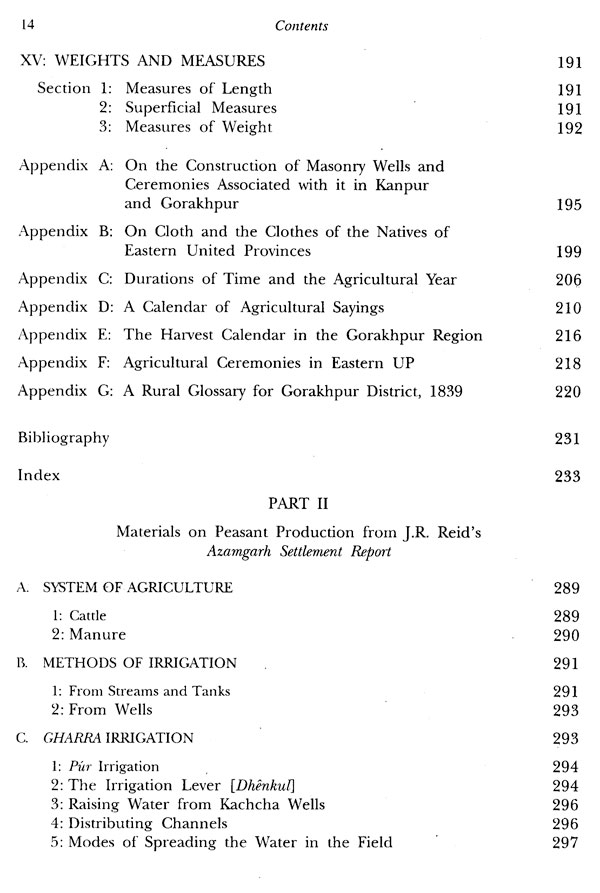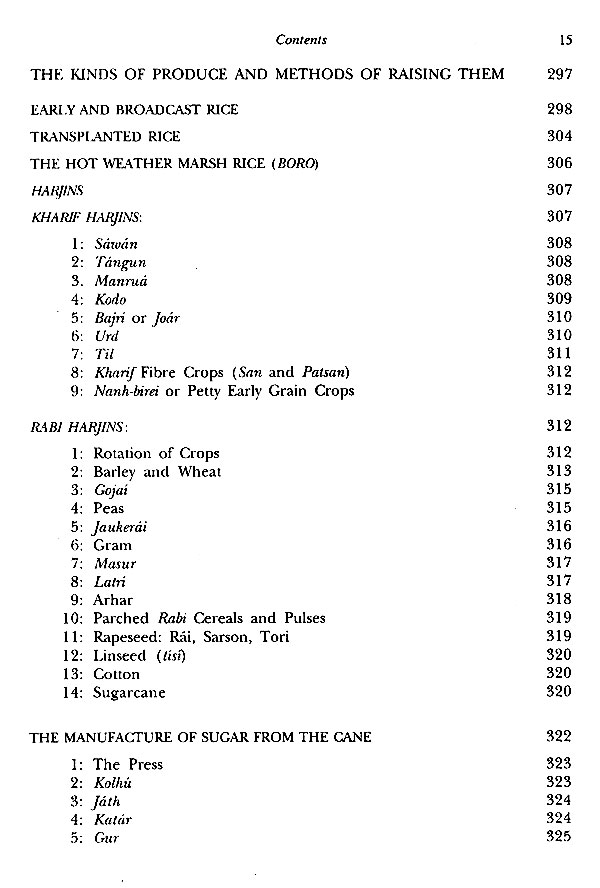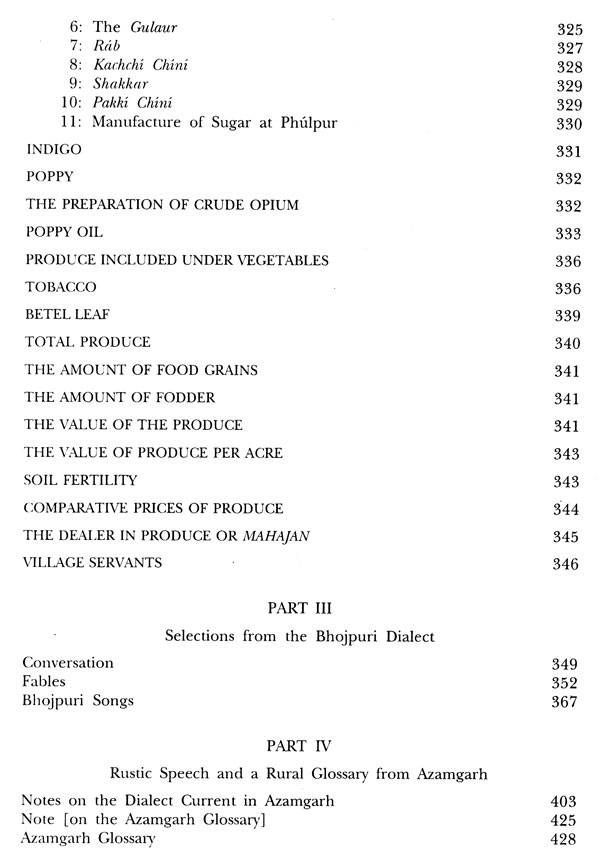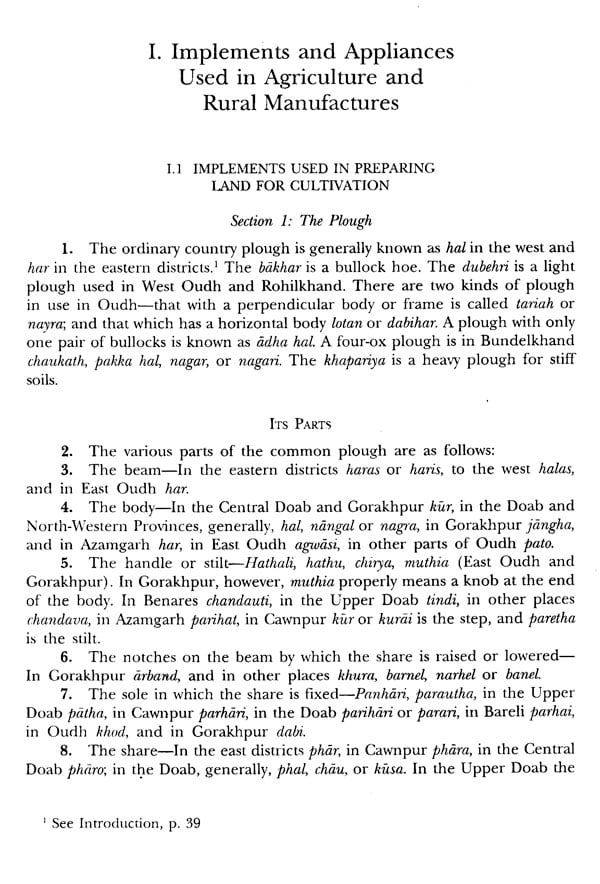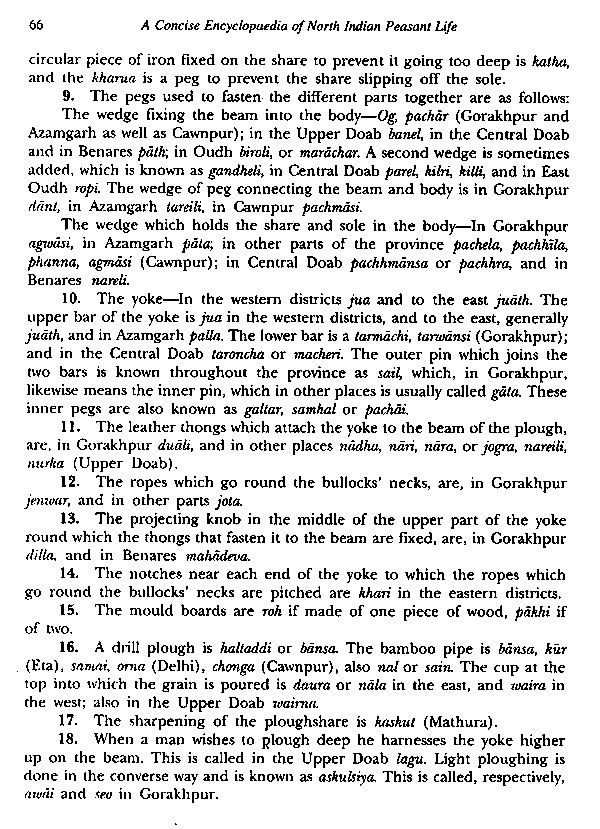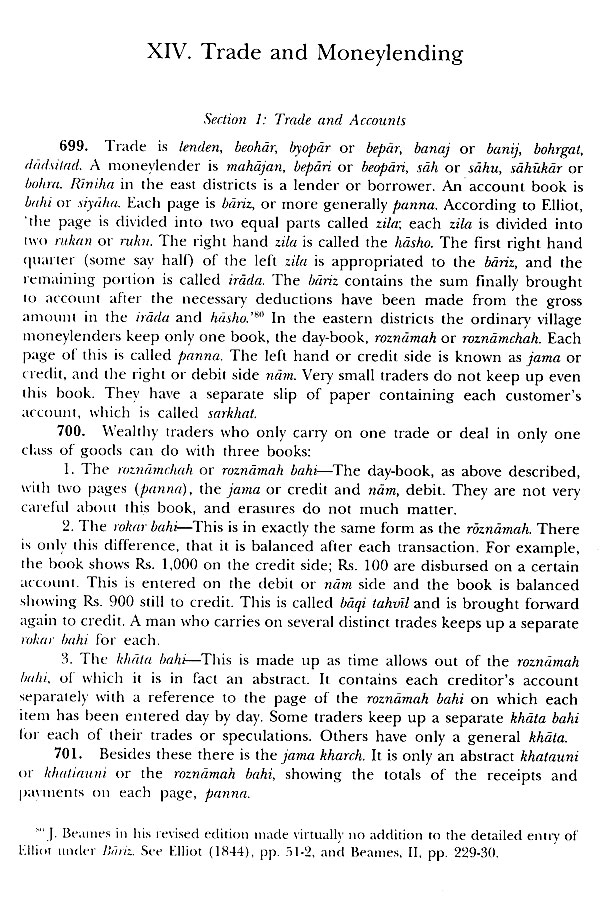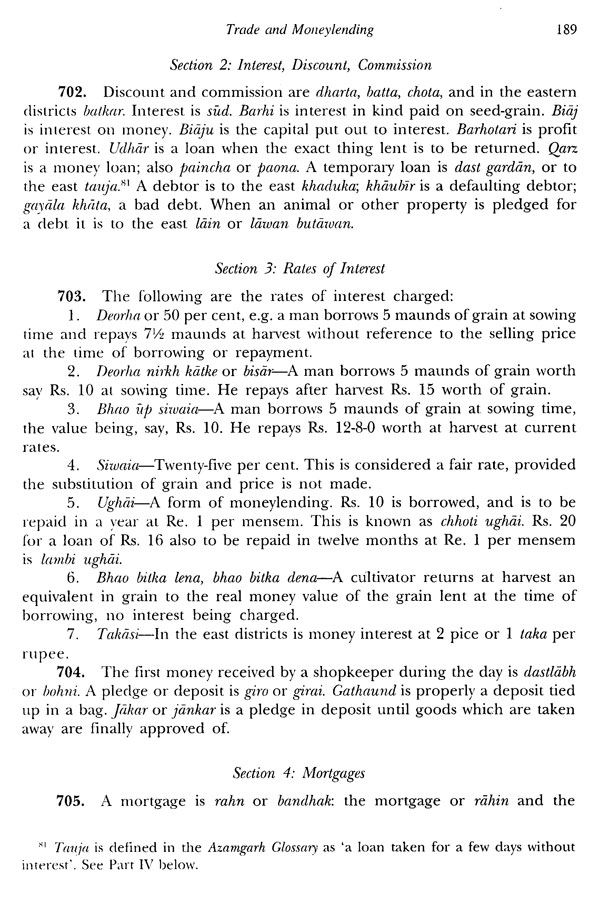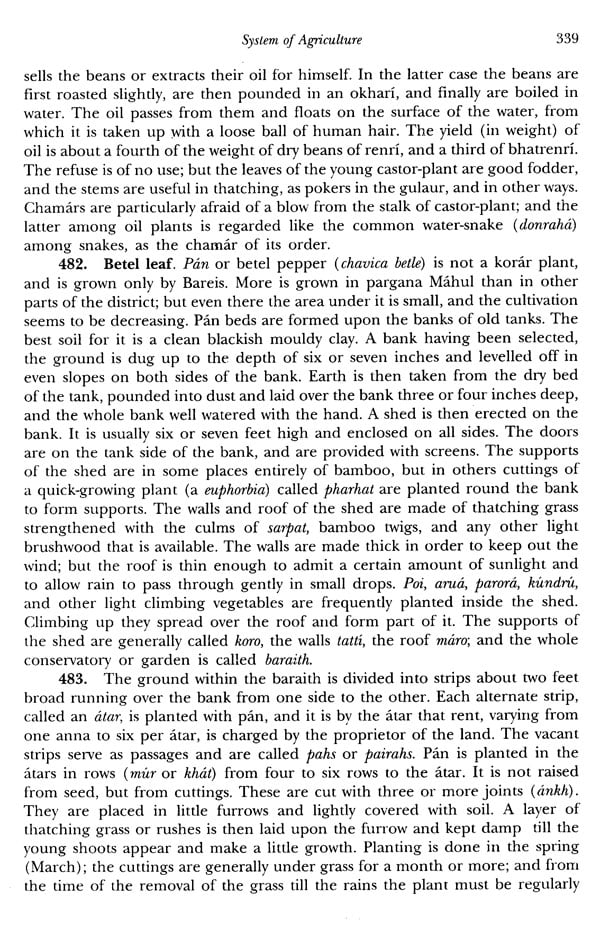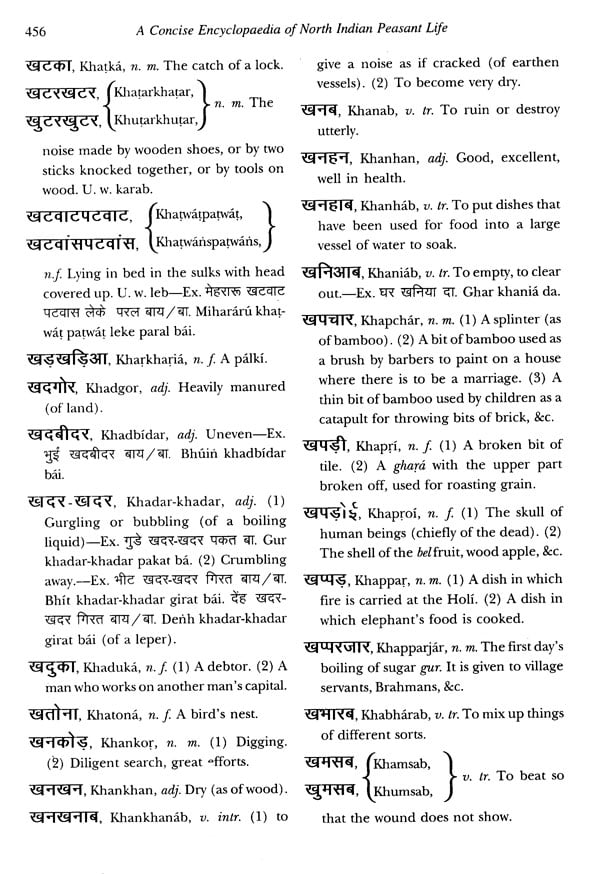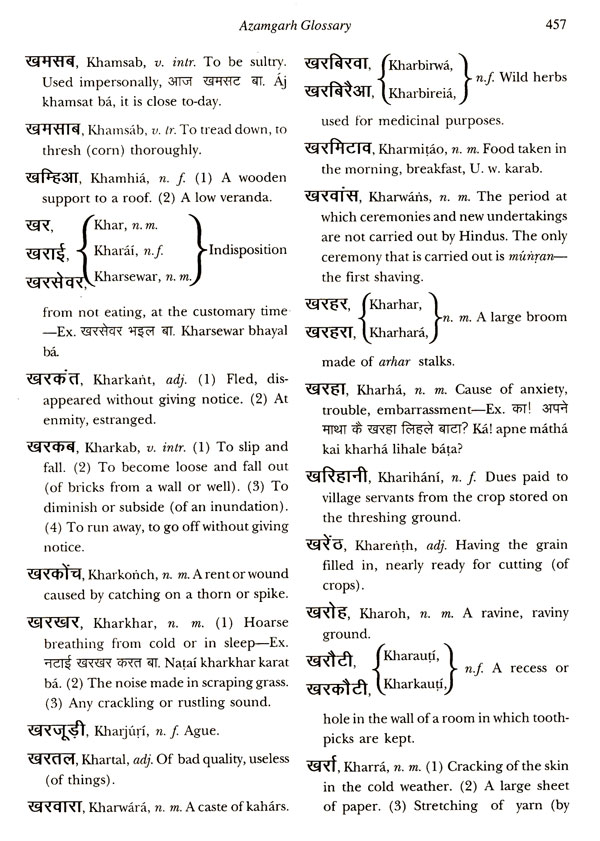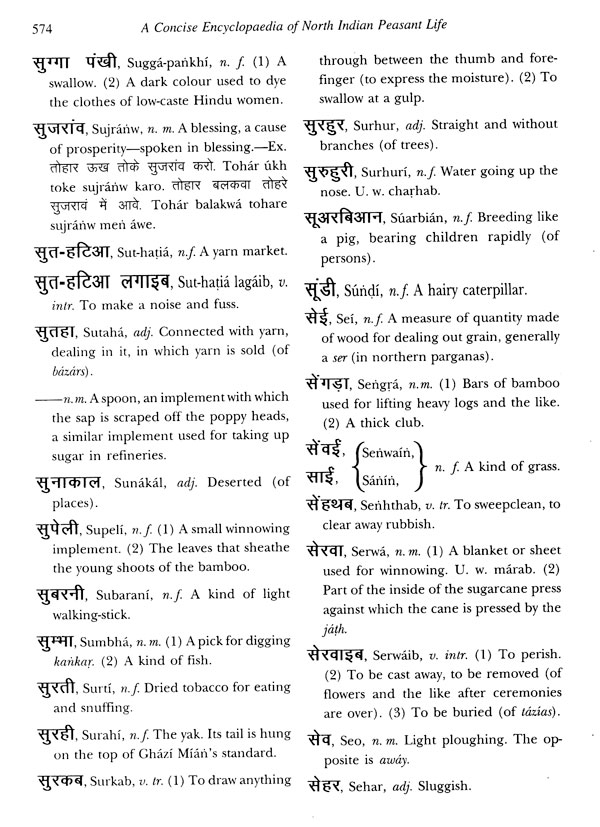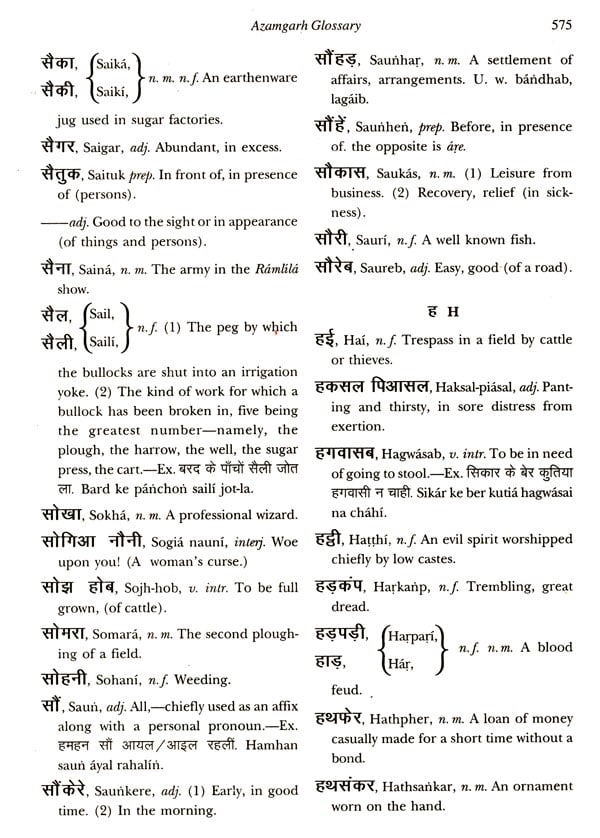
A Concise Encyclopaedia of North Indian Peasant Life
Book Specification
| Item Code: | NAZ845 |
| Author: | William Crooke, J.R. Reid And G.A. Grierson |
| Publisher: | Manohar Publishers and Distributors |
| Language: | English |
| Edition: | 2005 |
| ISBN: | 9788173045974 |
| Pages: | 602 |
| Cover: | HARDCOVER |
| Other Details | 9.80 X 7.50 inch |
| Weight | 1.47 kg |
Book Description
During the late-nineteenth century British officials, often doubling as scholar-collectors, created a huge and variegated 'colonial archive', collecting, arranging and recasting information about The Natives of India' into compendia for ready reference and administrative recall. Taking these neglected official materials on peasant and rural life, the distinguished historian Shahid Amin has fashioned a new synthesis, one that interrogates the colonial understanding of rural Indians with an insider's historical inflections. Amin's Concise Encyclopaedia weaves an intricate tapestry of crops, seasons, products, beliefs, ceremonies, aphorisms and folk adages, showcasing all the while the multiple dimensions of rural life, and the unlikely but enduring threads that bind and sustain the peasant world.
In this Encyclopaedia, Amin has reproduced and engaged with the text of Crooke's Glossary, Reid's famous description of the agricultural calendar and of his little known compilation of a peasant dictionary. He also incorporates and works with selections from Grierson's voluminous writings on language and literature to explore the issues of 'rusticity', 'simplicity' and 'wisdom' that characterize much of rural life. A marked feature of this work is the constant dialogue that the editor sets up between the late-nineteenth century colonial experts and the contemporary historian, one with a sure grasp both of the colonial archive as well as popular culture and idiom of contemporary north Indian peasant life. Amin's scholarly, incisive and lucid introduction, coupled with his additions and explanatory footnotes are enriched by rare colour plates and line drawings. Together these enable the reader, both scholar and lay person, to understand better Both peasant life and culture, and the Ways of colonial ethnography.
Shahid Amin is Professor of History at the University of Delhi. A founding member of the Subaltern Studies Collective, Professor Amin has been a Fellow at the Stanford Humanities Center, Shelby Cullom Davies Center, Princeton University and the Institute of Advanced Studies, Berlin, and Visiting Professor at the University of Chicago. Among his publications are Event, Metaphor, Memory: Chauri Chaura, 1922-1992 (Delhi and Berkeley, 1995).
This is an enlarged edition of an important late-nineteenth-century compendium on the north Indian countryside. It is a work which is not really in the public domain—I have been able to locate only one extant copy in a library in Lucknow. But this is not the only reason for bringing William Crooke's work out in print: his Glossary of 1879 demands attention irrespective of its rarity. The importance of this text was underlined by the celebrated author of an analogous work on Bihar Peasant Life six years later in 1885. In the Introduction to that classic `discursive catalogue', George Grierson acknowledged that he had followed Crooke 'very closely . . . and in many cases had not scrupled to use his very words . . .'. It is hoped that this edition of Crooke's Glossary will aid a fuller understanding of rural north India, past and present.
The text of Crooke's 1879 Glossary is here printed in its entirety, with a few modifications. I have retained the original spellings of place names but simplified the transcription of Indian words. The chapter headings and the subdivisions are Crooke's, but I have arranged the book into numbered paragraphs. The Index lists all the Indian words found in the book, indicating the paragraphs where these can be located. I have also added several appendices to the original Glossary along with a dozen illustrations. Finally, the sources cited by Crooke in the margin of his original text have been collated in the Bibliography.
As regards the transcription of Indian words, the long vowels a, i, u have been indicated where these occur at the beginning or in the middle of a word. I have, however, dropped this diacritical mark for the last letter of a word, as such vowel-endings tend invariably to be elongated. Thus hal (plough) and hdl (the iron rim of the wheel) are distinguished, but jua (the yoke) appears without an accented a. I have also refrained from burdening the vowels `e' and `o' with diacritical marks, as in the majority of the Hindustani words used in the book these represent elongated vowels sounds.
I have not attempted to distinguish between hard and soft consonants—this would have resulted in the text being pockmarked with dots and other such excrescences. Thus the word for both 'presents from the bridegroom's house' and 'pulses in general' is represented by the same three letters (dal). Of course the ' d' of the former is much harder (as in the English ' do'), but no diacritical allowance is made for such phonetic differences.
Book’s Content and Sample Pages